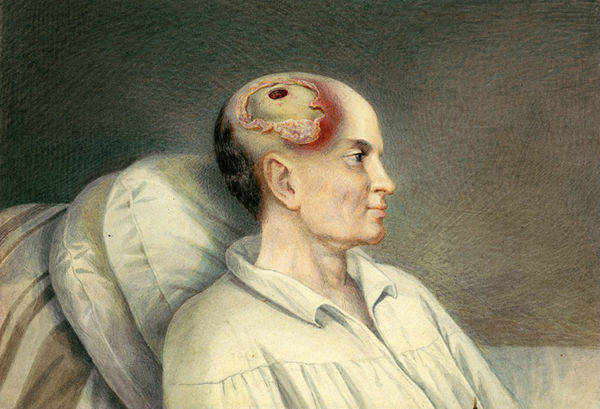Head, Face, and Neck Injuries
Published (updated: ).

The incidence of overall head injury is 22.1 per 1,000 person-years and the incidence of a complicated course following a head injury was 0.16 per 1,000 person-years Facial fractures occur at a rate of 158 per 100,000 hospital visitations. Neck pain is one of the most common musculoskeletal disorders at a rate of 27 per 1000 hospital visitations.
Mechanisms of head face and neck injury
- Motor vehicle crashes
- Sports
- Falls
- Penetrating trauma
- Blunt trauma
Associated injuries
Injuries to the head face and neck and spine often result in airway compromise. Airway compromise is more common in unresponsive patients. When patients are unconscious as a result of a head injury, they become highly vulnerable to airway compromise as a result of vomiting or bleeding wounds to the head or face. Patients with head facial neck and spine trauma are also vulnerable to cervical spine injuries. Medics should understand that if an injury is significant enough to cause a fracture to the face, there could also be a cervical spine fracture. Injuries to the cervical spine can be lethal given the vulnerable nature of the phrenic nerve. The phrenic nerve connects the brain to the intercostal muscles of the chest. If the phrenic nerve is severed due to a cervical spine fracture the patient will stop breathing.
